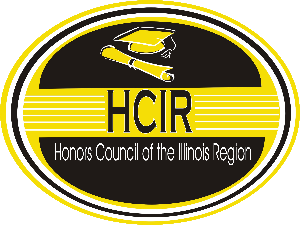Event Title
Enhancing Written Communication in Aphasia: A Substudy
Location
HSC 2322
Start Date
28-2-2015 10:00 AM
Description
Aphasia is a disorder caused by various types of brain damage that results in the inability of people to communicate effectively. It affects verbal and written communication. Imagine being in a foreign country and knowing exactly what you want to communicate, but not being able to say it because you don’t know the language—that’s similar to what someone with aphasia experiences. The purpose of this study was to investigate the relationship between typing and handwriting in people with aphasia. It was hypothesized that subjects would type a series of words and sentences faster than they could write them and that they would do this with greater accuracy when handwriting than when typing. Each subject typed and handwrote a series of words and sentences of equal levels of difficulty. For both typing and handwriting, they copied six words and three sentences from a notecard, wrote six words and three sentences after they were read aloud, and wrote the names of six pictures. Analysis of the results showed that subjects who typed accurately also handwrote accurately and vice versa. The amount of time subjects spent on writing tasks with handwriting and typing did not reveal any clear relationships.
Enhancing Written Communication in Aphasia: A Substudy
HSC 2322
Aphasia is a disorder caused by various types of brain damage that results in the inability of people to communicate effectively. It affects verbal and written communication. Imagine being in a foreign country and knowing exactly what you want to communicate, but not being able to say it because you don’t know the language—that’s similar to what someone with aphasia experiences. The purpose of this study was to investigate the relationship between typing and handwriting in people with aphasia. It was hypothesized that subjects would type a series of words and sentences faster than they could write them and that they would do this with greater accuracy when handwriting than when typing. Each subject typed and handwrote a series of words and sentences of equal levels of difficulty. For both typing and handwriting, they copied six words and three sentences from a notecard, wrote six words and three sentences after they were read aloud, and wrote the names of six pictures. Analysis of the results showed that subjects who typed accurately also handwrote accurately and vice versa. The amount of time subjects spent on writing tasks with handwriting and typing did not reveal any clear relationships.


